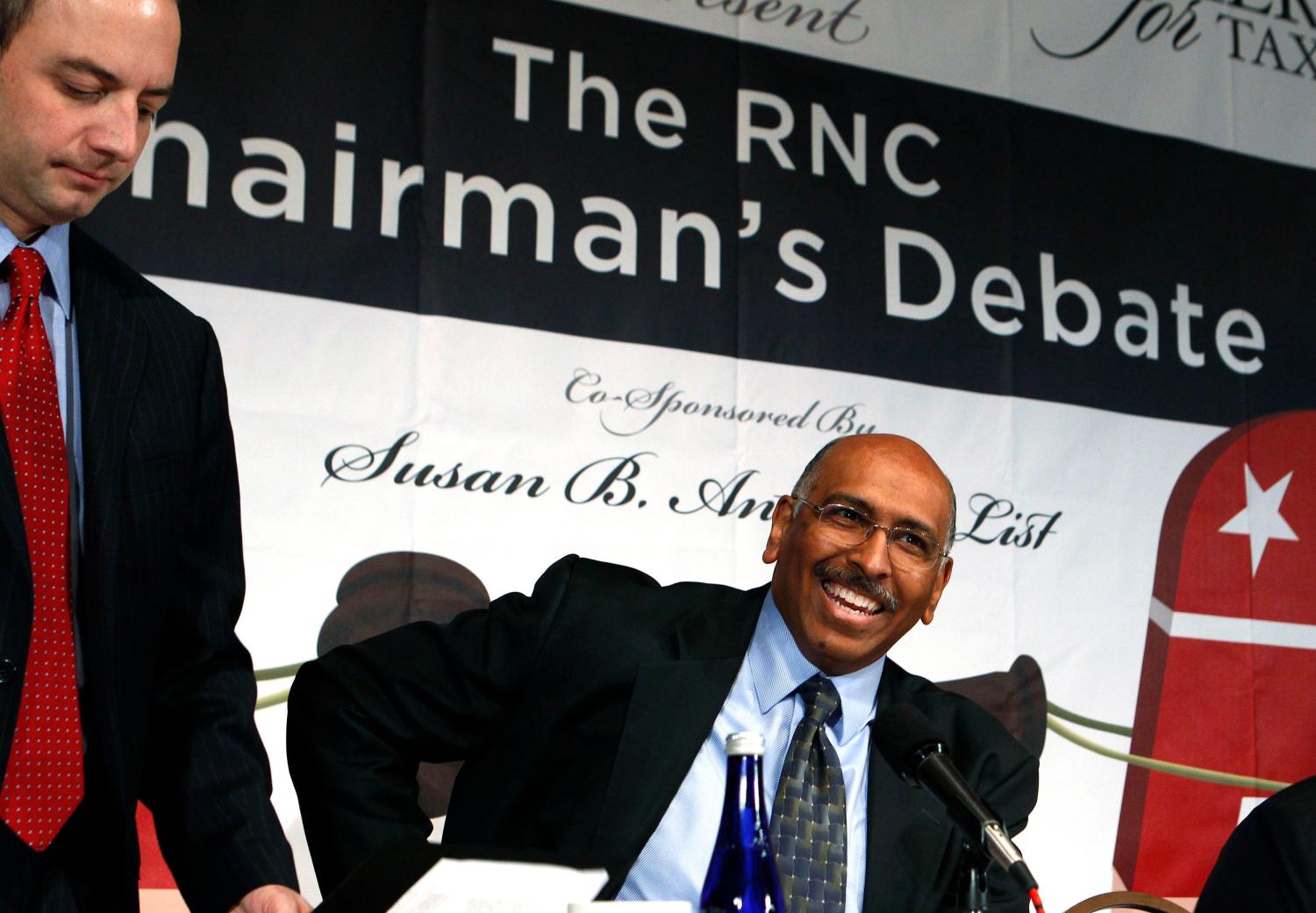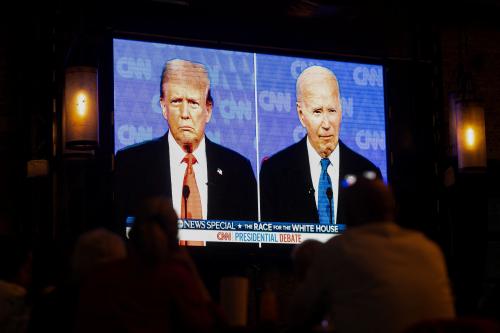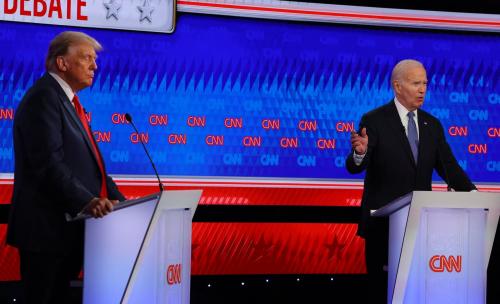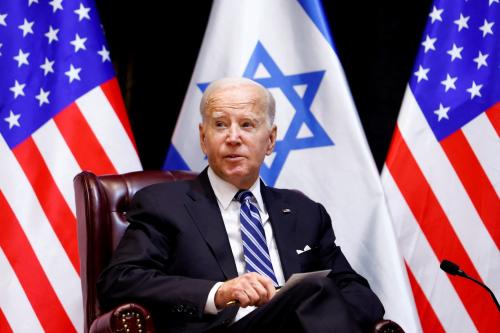The Founders wrote the Constitution with inefficiency as a goal. They made it difficult for a powerful faction, even a majority, to substantially change the legal structure in America. Yet a contemporary review of potential solutions to legislative polarization in American politics is a rather bleak one. In this paper, Seth Masket argues that this is not to say reforms aren’t worth attempting, but we should be sober in our expectations. And we should consider working toward another end: accommodating strong parties rather than trying to abolish them. That is, we might seek to adjust our political system to work with strong parties, rather than to adjust our parties to work with our political system.
Masket argues that polarization does not automatically create gridlock. What doesn’t work well is intense polarization combined with institutional structures designed to stymie majority rule. No doubt few would rally to dismantle midterm elections, bicameralism or the basic structure of the U.S. Senate, but perhaps some of the more dangerous tools available today, such as the filibuster or debt ceiling vote, could be eliminated.
Some ideas for reform are considered in turn by Masket, who weighs the relative merits, feasibility, and cost of each. He considers the possibility of reforming all of the following:
- Primary elections
- Congressional redistricting and gerrymandering
- Media coverage and analysis of congressional elections
- Members’ social networks (meeting with colleagues from the other major party)
- Earmarks and awarding of federal spending outside normal budgeting processes
- Barring fringe candidates
- Ranked choice voting
- Campaign finance
While Masket finds flaws in all, he concludes that seeing the party as a network is key to understanding party reform efforts and why they so frequently fail. A party is a collection of different types of actors—donors, activists, interest groups, officeholders, candidates, even some media officials—working together to advance a set of policy goals by controlling party nominations and winning elections. If we view American political parties in this new light, we can move ahead with various strategies aimed at mitigating extreme partisanship.



